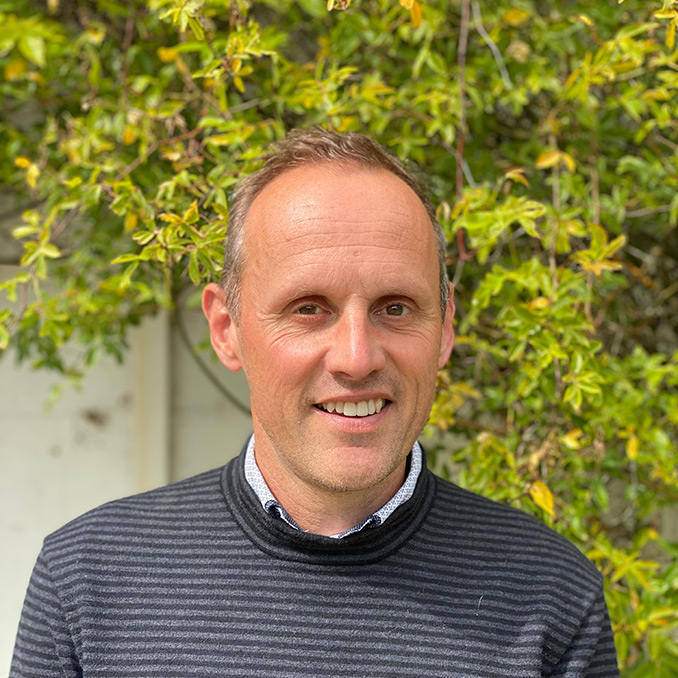
WLA recently had the chance to chat with Mike Wood, Director at ARUP in London to discuss why he became a landscape architect and where he sees the profession heading.
WLA: Tell us a little about yourself.
I recently joined the Arup Landscape Architecture team in London. I studied in Manchester, UK and after graduation, I went to Australia for several years where I worked at Hassell in Sydney. I returned to the UK for a short period in 2012 before embarking on my next ex-pat experience in Singapore where I was the Associate Director of the Singapore office of Grant Associates. This included the management of a team of around 20 Landscape Architects for about five years before returning to the UK in 2019 as Director and Practice Leader of the Landscape team at Hassell London. My international experience has enabled me to obtain a diverse range of public, mixed-use and private project experience in the UK, Australia, Singapore and South-East Asia.
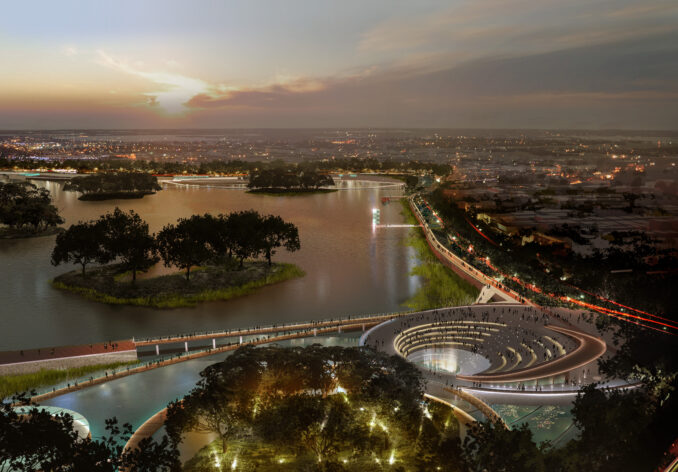
WLA: Why did you become a landscape architect?
I have always had a passion for the natural world and an interest in wildlife. I remember having a large collection of books and hundreds of sketches of all types of animals when I was young. At some point there was a fusion between the enjoyment of sketching and all things natural. Landscape Architecture seemed to be the right direction. I was also passionate about the ability to make a change, however small, and to try and change/shape peoples’ attitudes.
I must say though that I had no idea that Landscape Architecture would present so many rewarding opportunities. The opportunities to explore different type of practices’ and geographies has been both fortunate and deliberate; I have come to appreciate how practices vary in thinking and culture. There is also a distinct difference in business culture that has resulted in developing some strong personal relationships. It has been reassuring to experience lots of fundamental similarities – in particular, a consistent appreciation of the sound principles of good design.
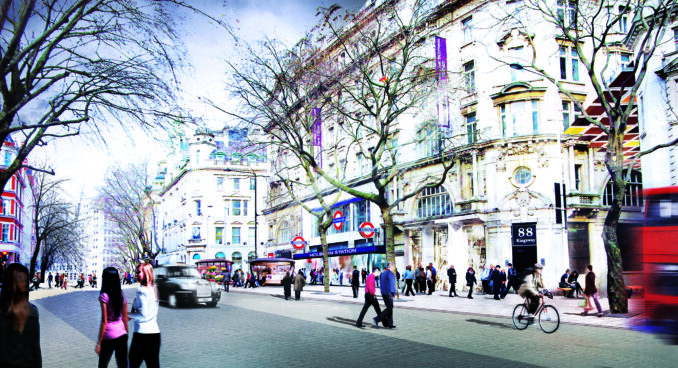
WLA: How do you start the design process?
Part of being a Landscape Architect for me is trying to find a connection and balance between the natural, technological and developing worlds. Our ideas are typically based around some ideology of a meaningful and integrated sequence of spaces that are “plugged” into the 21st century through their use of resilient initiatives and innovative technologies. For me, the design process echoes this by taking the crudest sketches (that are often redone or discarded) and refining them through physical and digital models, images, videos and virtual reality. At one level this is simply a description of how an idea is tested – given form and presence – but at another, it is suggestive of how our creative thoughts make landscapes fit the 21st century and conform to a common and clear process; ideas from instinct and intuition that are made real by technological processes.
I think that the design process must – in some way – always reflect what can be learnt from (or about) a place, its culture, its nature and to see how we can bring appropriate design and planning responses to it. This takes time and commitment and the support of many in the design process including the client and specialist consultant team. That is not to say that we shouldn’t explore completely creative thoughts and how these could be applied. I don’t think that we should be afraid of expressing “out there” design ideas. It is important to reflect ultimately that through all of our respective design, principles, visions and processes that we are fundamentally in the business of healing and regenerating ecosystems and creating experiences that are beneficial to people, nature and the living planet.
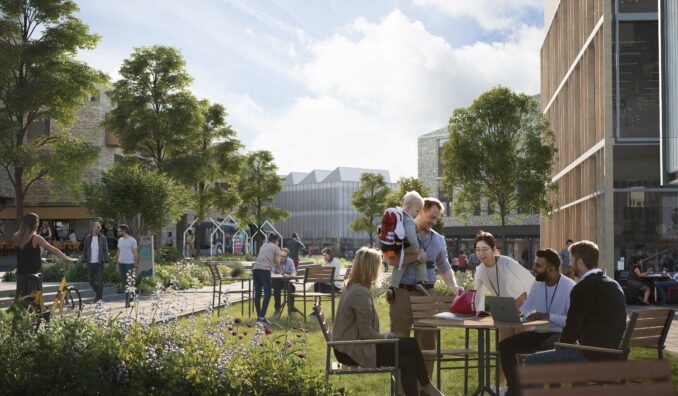
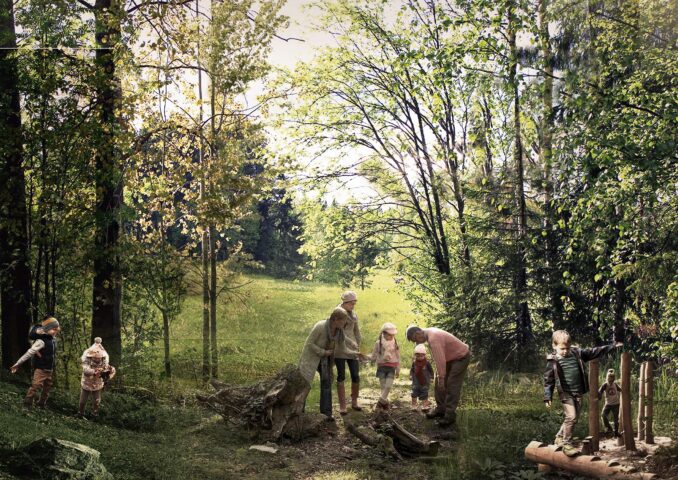
WLA: How do you see the future of landscape architecture?
There is an exciting future for landscape architecture, the opportunity for greening our cities has never been so compelling. Particularly as we face much broader planetary challenges including urbanisation, habitat loss and climate change. Many design professions – and encouragingly broader business professions – would surely attest and can see that the messages are clear that we need a more committed approach to how we engage with natural systems in completely everything that we do.
As a profession we are emerging at the forefront of people’s minds in the design process, as a necessary early ingredient, which is very positive for shaping the disciplines strategic direction. Even in my short experience there has been a dramatic change in the way that our collaborators and clients value landscape architecture not as an after – or an “along the way” – thought but as a driving and often leading expertise. People are recognising more and more that landscape architects can play a fundamental role in the success of a wide variety of projects by ensuring that all environmental and sustainability outcomes are considered earlier on
I would say that as a whole Landscape Architecture is responding well to our significant all of planet challenges, our attitude of how we can contribute is changing and globally we are seeing many examples of how our work can contribute to them. We are seeing that we are all passionate about making meaningful and resilient experiences to a broad range of intended people. That said, the pressure is definitely on for us to maintain our values, creativity and motivation towards planetary healing and resilience.
We can all help to address key global challenges and help attain many of the Sustainable Development Goals, including SDG 11 on making cities inclusive, safe, resilient and sustainable. The UN’s New Urban Agenda further emphasizes the contributions of urban forests and green spaces towards sustainable development. Meanwhile, cities worldwide have shown that investments in urban greening can contribute greatly to our quality of life and well-being. More international organizations, research and science institutions are examining the part green spaces and trees play in achieving global sustainability goals.
Thanks to Mike Wood of ARUP for taking the time to answer our questions.
Image Credits: Courtesy of ARUP
